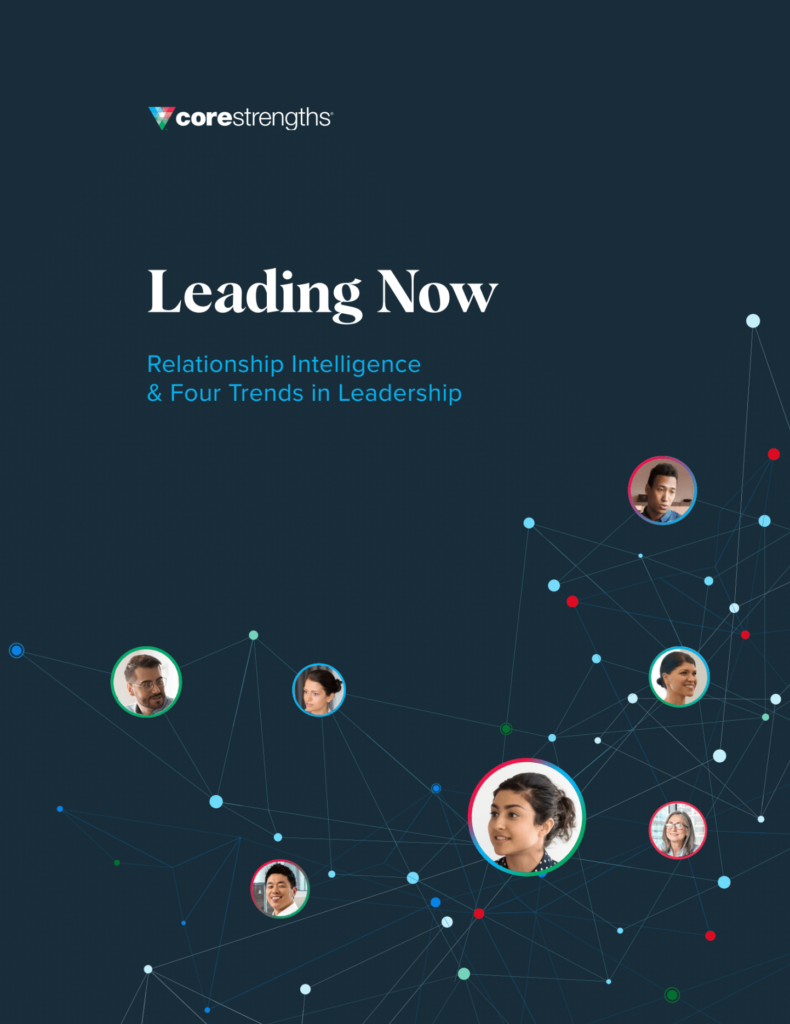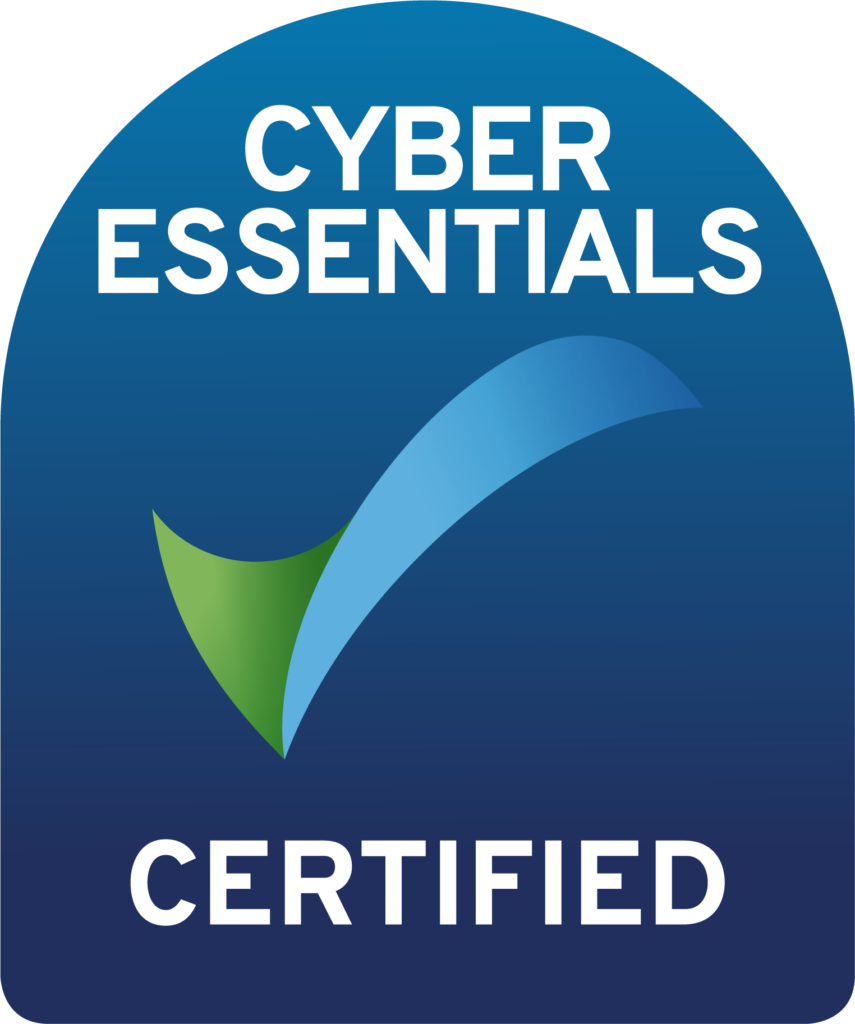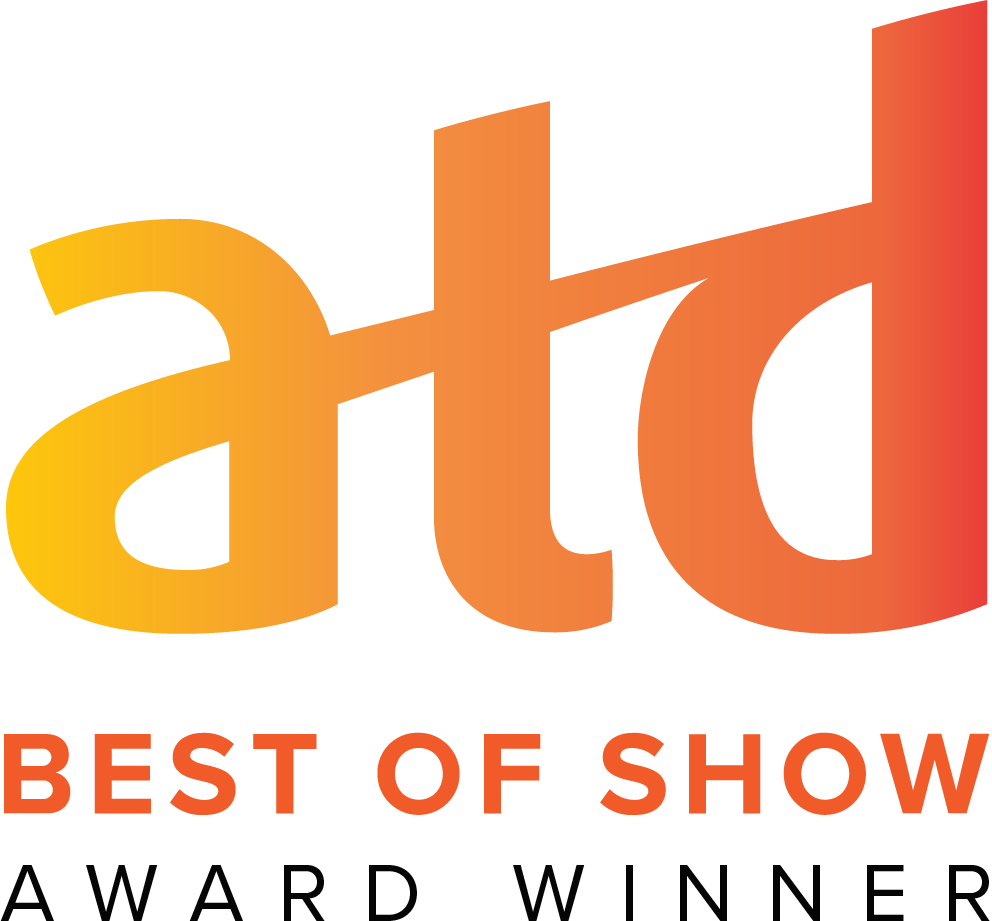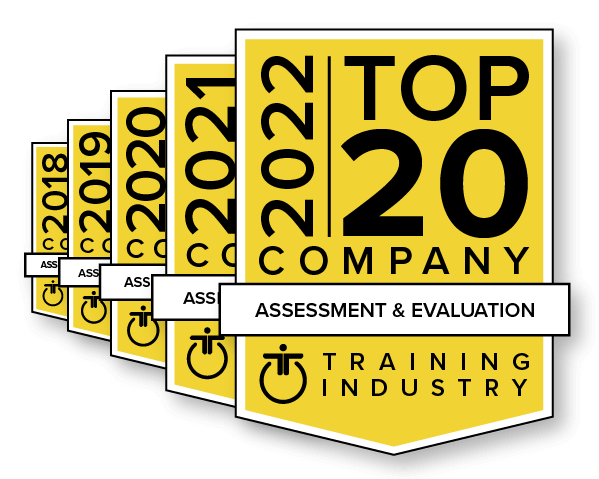Every senior leader has three main areas of focus at their organization: building trust, generating commitment, and driving results. We’ve written a lot about building trust and generating commitment in past blogs, asserting that trust and commitment must be in place before a leader can focus on results. Today, we’ll talk about driving results.
Most leaders naturally focus on results, so you may think this is a topic you know backwards and forwards. But did you know you can understand and tap into the intrinsic motivations behind why people want to get results, and that those motivations are much more powerful than pay or other rewards?
Although everyone values great results, people care about them for different reasons. The underlying motivations of performance, people, or process influences how meaningful and energizing the results are to different people.
- Concern for performance: Some people are primarily motivated by performance. For them, achieving the result itself is satisfying and meaningful. They have a strong desire to set goals, take decisive action, and claim earned rewards.
- Concern for people: For others, who are motivated by the protection, growth, and welfare of people, meaningful results need to indicate that people are being helped, encouraged, and supported.
- Concern for process: And for others, the results need to indicate a well-thought-out plan in order to be meaningful. These people have a strong desire to pursue independent interests, to be practical, and to be fair.
This blog explores how leaders can more effectively meet their business objectives by tapping into people’s different kinds of motivation to get results.
The role of Relationship Intelligence in meeting business objectives
You can be certain that your organization includes a mix of employees primarily motivated by performance, people, and process (and some who favor two of the above, or even balance all three equally). When you’re leading a town hall or sending company-wide communication, it’s important to make sure your message broadly speaks to all three motives.
But to be able to communicate most effectively one-on-one or with a small team, ideally everyone will take the SDI 2.0 Assessment and discuss their results as a group. Once you know your own primary motivation(s) and those of your direct colleagues and reports, you can start communicating with each other using a method known as Relationship Intelligence, or RQ.
Relationship Intelligence is using insight into each other’s motives to adjust your approach to communication, which will make interactions more effective.
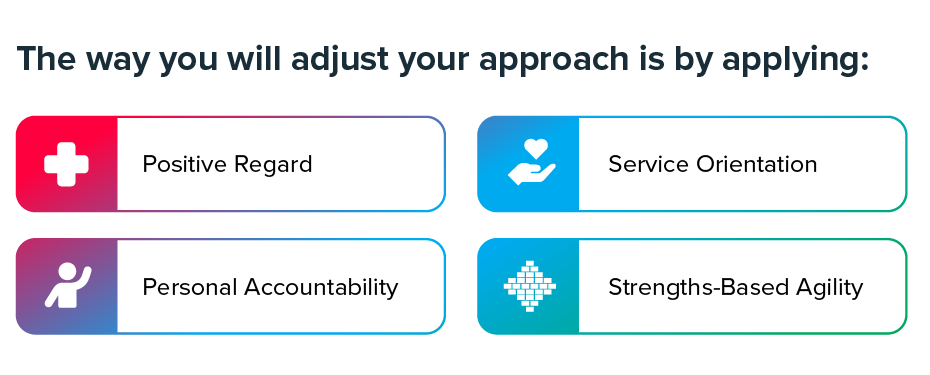
A team that uses Relationship Intelligence in trying to accomplish a business objective is more likely to meet that objective. That’s because relationally intelligent people see diverse opinions as enriching rather than threatening.
If you see the positive intentions behind another person’s viewpoint (positive regard), you’ll be more curious and open to learning what they need (service orientation), you’ll give people more freedom to be accountable for their actions (personal accountability), and you can more intentionally choose your behavior rather than getting mired in emotional, unproductive conflict (strengths-based agility).
Expanding your ability to hear ideas
We tend to think about good leaders in terms of their ability to influence others, and you can certainly use your RQ skills to be influential. But to meet business objectives, leaders should be just as curious about how they are influenced. You can, and should, use RQ to better hear what others are saying to you, not just to make yourself heard.
Many leaders miss out on the wisdom of their collective because someone struggles to communicate their good idea in a meeting, or because you’re irritated, frustrated, or mystified by the way someone approaches you.
It’s your job as a leader not to be thrown off if someone communicates with you in a way that’s not your preferred way. Because they’re communicating in their preferred way, with their primary motives at heart, it’s up to you to really consider what they’re saying from their perspective. This takes positive regard and service orientation, the first two skills of RQ.
Then, rather than someone who’s expected to have all the answers, you become a learning partner who is less concerned about influencing employees and more interested in reaching the best idea through the collective wisdom of the team.
Considering the system
Every organization is a system with its own norms, spoken and unspoken rules, and culture. The business objectives of the organization operate within that system.
Often, new and developing leaders don’t know the difference between an innovative idea that aligns with the current system and an innovative idea that asks the system to do something different, but this is a very important distinction. If you introduce a system-breaking idea, it takes more consensus building and more change management to get it done.
Leaders often underestimate how much more effective they can be if they break the system as little as possible. So, when you’re challenged by a business objective, ask yourself if there’s a way the current system can meet that challenge.
Then, open the conversation to the leaders who report to you and use your RQ to tap into their collective wisdom. The solution that solves the problem within the flow of the current system is often the most innovative solution that uses the fewest business resources.
If the problem is big enough, it will probably require some system adjustment. That will happen occasionally—and the likelihood of conflict is much higher in this kind of system-breaking initiative. The leaders who approach problem-solving with the four skills of RQ and an openness to being influenced will be most successful in getting results.
Developing leaders who can intentionally plan and execute initiatives
Great leaders are always developing other great leaders in the pipeline. RQ can help you coach them on self-awareness, other-awareness, and context-awareness so they can learn to meet challenges within the existing system as much as possible.
This triangle is a framework for you and the leaders you develop to meet business objectives. There are three questions that speak most strongly to people motives, three that speak to performance motives, three that speak to process motives, and three that address the hub, where all three motives intersect.
If you know your primary motives, you will probably know right away which of these questions are most interesting to you. Same goes for the other leaders that report to you.
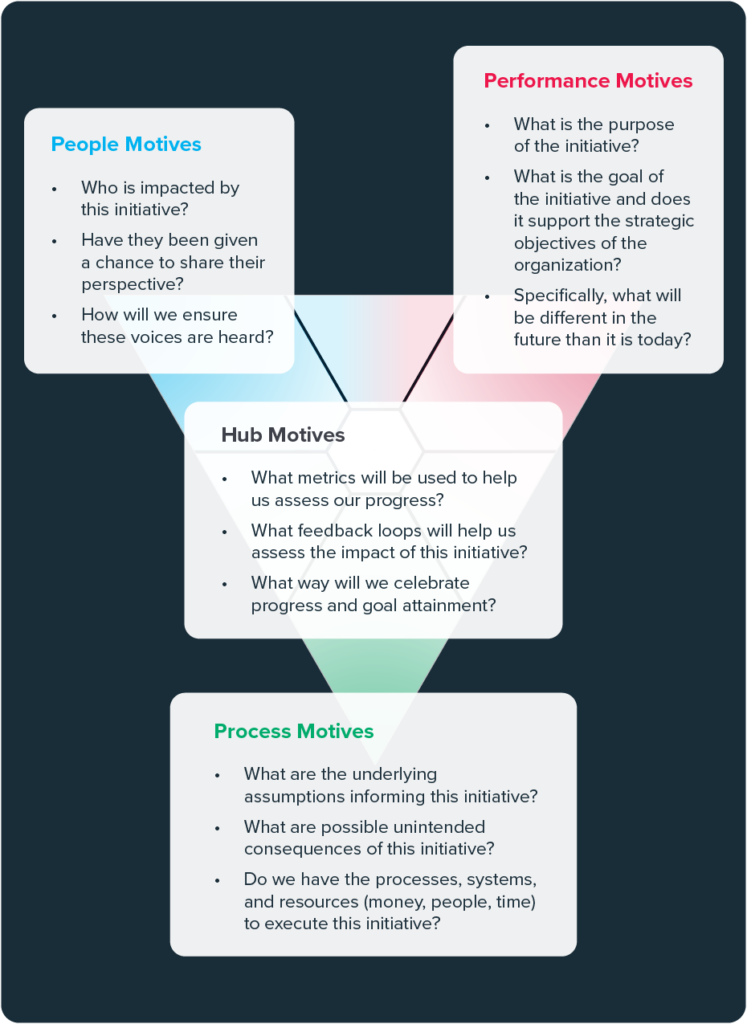
Often, leaders are asked to be decisive in an ambiguous situation. Using this exercise to assess business objectives will help you learn to confirm your hunches—but also prove yourself wrong. Leaders who have RQ and act with positive regard, service orientation, personal accountability, and strengths-based agility are looking to find the most effective way forward, even if that means they’re wrong.
If you collect feedback by listening with RQ, then communicate your decision with RQ, people will understand what’s happening, get on board with the change, and be motivated to do their part to get great results.
Integrating RQ into leadership development programs at your organization
Core Strengths has several offerings that can help you get started using Relationship Intelligence to get results at your organization.

